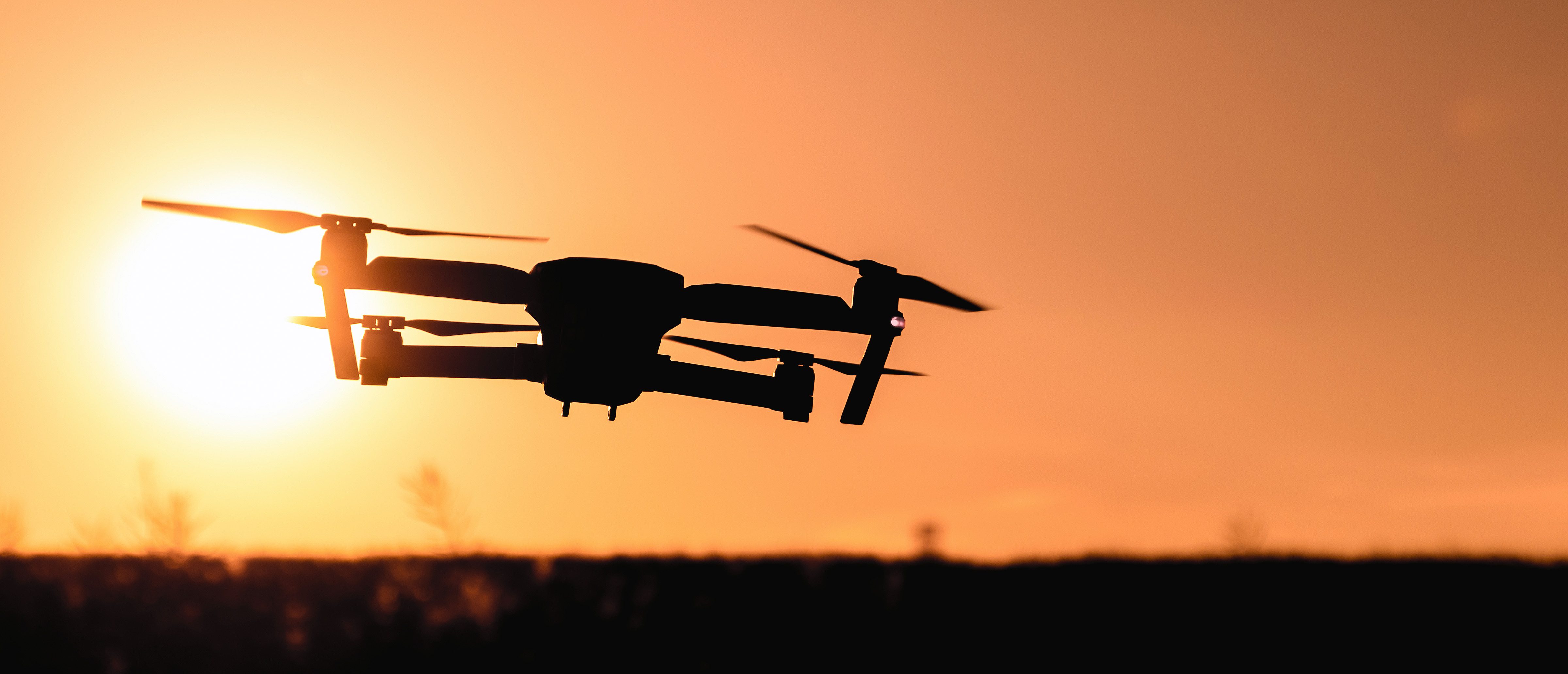Heli Expo 2018: Droning on about regulations

Keywords: aerial;air;camera;drone;filming;helicopter;nature;photography;sunset;technology;video
In case anyone missed it, drones were among the biggest new trends of 2017. Three of the largest helicopter OEMs are investing in drones and people are coming up with new uses for the new rotary aircraft left and right.
Right now, the drone market is a wild west. The market is essentially deregulated, and what regulations are in place for the drone market and drone operators are still being debated. The Federal Aviation Administration (FAA) is working to pass drone regulations, but the individual rules that come through are not enough to cover the market.
The market is huge, and the number of drones out there is huge, so regulators have an uphill battle when it comes to bringing some structure to the market.
At the finance and leasing seminar at Heli-Expo 2018, a group of experts took to the stage to discuss what regulatory and insurance issues the drone market is facing right now.
Infinite possibilities
The panel opened with an adage, – if anything is dirty, dangerous, or dull, a drone is up for the job. Jim Gardner, President at aviation insurance consultancy James A. Gardner Company said that every time someone comes to finance a drone, they have a new utility they have found to fly a drone on.
The possibilities are almost infinite, entertainment industry, weddings, Agriculture, disaster relief and basic utility missions – you name it.
If drones are going to start operating on smaller utility missions, surveying and maintenance, the demand needs to be higher. However, when the question was posed to the room, a high number of the operators said they are considering incorporating drones into their fleets.
Self-regulated
Drone regulations are not the FAA’s top priority right now but a few Federal Aviation Regulations (FARs) have been issued.
One of the most notable is the FAR Part 107 rule that just dictates the basic operational rules for drones – including abiding by FAA airspace restriction and a maximum flight altitude of 400 feet. Owners also need to register the drone with the FAA to fly the machines legally.
Outside of these basic rules, drone regulations are few and far between and can fly for commercial, business, and public aircraft operations.
The problem is, the FAA is not enforcing these regulations. There has been only one instance where the FAA has taken action against an owner for not registering the drone.
“Having the rules is not the same as enforcing” -said Robert Van de Vuurst, special counsel for legal affairs and insurance at Waypoint. “There are close to a million drones registered. The FAA will need to step in if the rules are not being upheld.”
Whilst drones are being pushed to the side by regulators, people in the helicopter industry are not. Drones are getting bigger and even drone air-taxi services like UberAir and Voom are looking to fly within the next few years. If the future of unmanned drone passenger flight is to be a reality, enforceable regulations need to come in quick.






